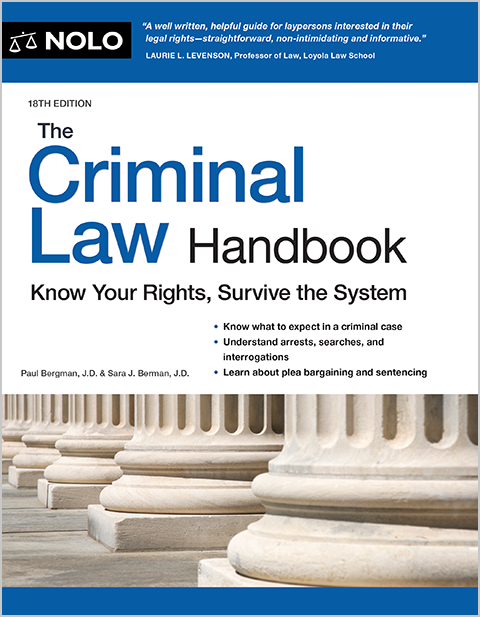If your child has cerebral palsy that causes problems standing, walking, or using his or her hands effectively, and you have low income, your child should qualify for SSI.
Cerebral palsy is a group of nervous system problems, caused by abnormal brain development, that can affect the ability to move and maintain balance. It is the most common type of motor disability in children, with an estimated 1 in 354 children in the United States having a diagnosis of the disorder.
Symptoms can include muscle stiffness and weakness, trouble walking, problems with vision, hearing, or speech, seizures, and sometimes intellectual impairments. These symptoms can vary significantly in intensity. A child with mild cerebral palsy may have slightly "clumsy" movements in the upper extremities or stumble when walking at a quick pace, while another child with severe cerebral palsy may be unable to walk at all without bilateral crutches.
Cerebral Palsy Types
Cerebral palsy is often identified early on by parents who find that their infant is missing certain developmental milestones related to motor skills, such as an inability to roll over or crawling in a lopsided manner. The Centers for Disease Control identifies four main types of cerebral palsy:
- Spastic cerebral palsy is the most common kind of cerebral palsy, found in about 80% of adults and children with the diagnosis. Spastic cerebral palsy causes stiff muscles, resulting in jerky movements.
- Dyskinetic cerebral palsy causes slow and uncontrollable movements in the limbs. Children with the disorder may drool or make faces due to overactive facial muscles.
- Ataxic cerebral palsy is characterized by troubles with balance and depth perception. Children with ataxic cerebral palsy may have an unsteady walk or have difficulty with quick or precise movements, like writing.
- Mixed cerebral palsy may be diagnosed when a child has combined symptoms of multiple types of cerebral palsy, such as spastic-dyskinetic.
Doctors don't yet have a cure for cerebral palsy, but ongoing medical management can help ease the symptoms. Treatment often includes medications such as muscle relaxants, braces or other ambulatory aids, physical or speech therapy, and sometimes surgery.
Is Cerebral Palsy (CP) a Disability?
Mild cases of cerebral palsy won't qualify for disability benefits, but children who have severe CP may qualify for disability benefits if their symptoms very significantly limit their ability to perform major motor activities. Social Security lays out the medical requirements needed to get disability in listing 111.07 for childhood cerebral palsy.
The listing criteria are fairly straightforward. To qualify for disability benefits under the listing, you'll need to provide medical documentation that your child has "disorganization of motor function" (abnormal movements) in two extremities (arms, legs, hands, fingers, and feet). The abnormal movements must be so severe ("extreme") that your child can't independently stand up from a seated position, balance while upright, or use the upper extremities.
To determine whether a child has extreme limitations in getting up from a chair, walking, standing, or using their arms and hands, Social Security will review their medical records for evidence of these physical difficulties. Some examples may include:
- an inability to sustain a reasonable walking pace over a sufficient distance to carry out age-appropriate activities
- the need to use both arms to operate an ambulatory device, such as a walker or wheelchair, and
- how well the child can engage in basic tasks and chores, such as preparing simple meals (like sandwiches), feeding oneself, getting dressed, and maintaining hygiene.
For children with CP who aren't yet able to balance, stand up, or walk independently, Social Security will look at how they function compared to other children their age. The agency defines "extreme limitations" in younger children as having capabilities in these areas that are less than one-half of the child's chronological age.
Even if your child doesn't have extreme limitations in the areas required to get disability under listing 111.07—or they have other medical conditions in addition to CP that affect their behavior—they may still qualify for disability benefits by functionally equaling the listing. "Functional equivalence" means that your child doesn't match the listing criteria exactly, but they're just as disabled as a child who meets all the listing requirements.
How Much Can My Child Receive in Disability Benefits for CP?
Children under the age of 18 are only eligible for SSI benefits if their family has limited income and assets. That means that even if a child has very severe cerebral palsy symptoms, Social Security can't give them payments from SSI, a needs-based program, if their family makes too much money.
Social Security calculates the amount of a child's SSI payment by treating some of their parents' or guardians' income as the child's own earnings, a process called "deeming income." The deeming process can be fairly complicated, but basically involves counting the parents' earned income as the child's unearned income and subtracting it from the federal benefit rate for the year ($943 per month in 2024, $967 in 2025).
Applying for Social Security Disability Benefits
To file for SSI benefits for your child, call the Social Security at hotline 800-772-1213 (TTY 800-325-0778) from 8 a.m. to 7 p.m., Monday through Friday, to speak with a representative. You can also make an appointment at your local Social Security field office.
After you submit all the necessary financial information to Social Security, a disability claims examiner will request your child's medical records and ask for advice from a medical consultant as to whether your child's cerebral palsy is disabling. You can expect to wait between three to five months to get an initial decision, and you have the right to appeal if your child's application is denied.
Getting a Lawyer to Help With Your Disability Claim for Cerebral Palsy
While you aren't required to get a lawyer to handle your child's disability claim, it's generally a good idea. Child disability claims are some of the hardest to win on your own, and an experienced disability lawyer can help you gather the evidence you need to prove that your child meets or functionally equals the CP listing. Most disability attorneys offer free consultations and work on contingency (meaning they don't get paid unless you win), so you can ask around to find somebody who has experience working on child cerebral palsy disability claims.

